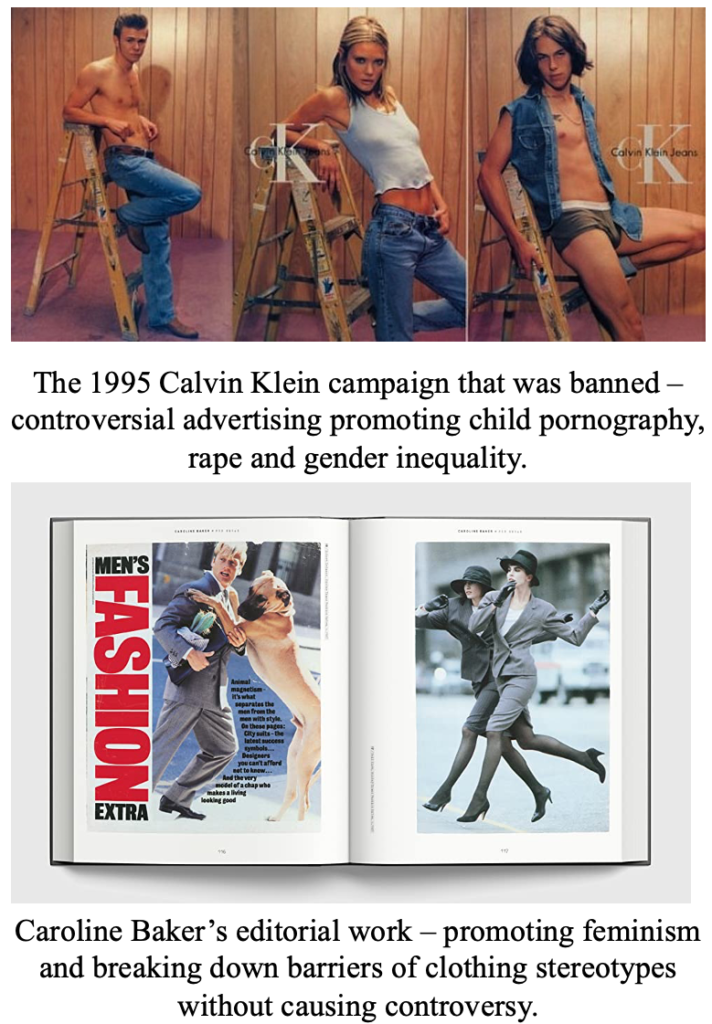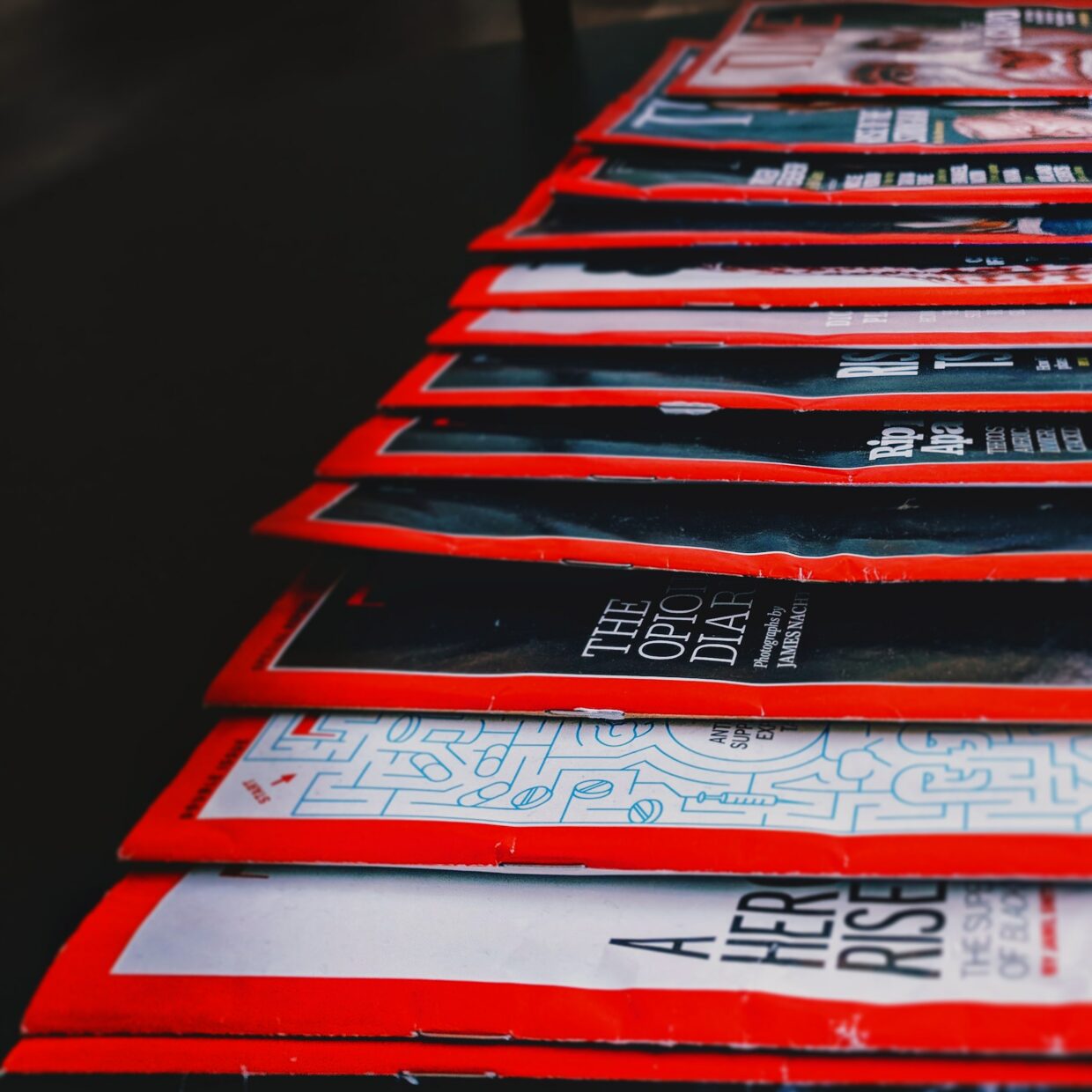Research from Bachnik and Nowacki (2018) shows that advertising is a tool used to communicate between brands and consumers, some of which are controversial experiments to measure the degree of social acceptance for distressing scenes that emote a reaction. Fam, Waller and Zafer Erdogan (2002) argue that controversial advertising can be classified into four groups: gender/sex, addictive products, health and care products, and social and political groups. Calvin Klein has often exploited the means of advertising, using the media to emphasise the social unrest in youth society by fabricating child pornography and objectifying women (Tucker, 1998). The 1995 Calvin Klein TV advertisement angered parent groups and child welfare authorities, this dissatisfaction led to complaints to advertising regulatory bodies and even product and company boycotts (Waller, 2003; Allwood, 2015). Calvin Klein’s vision of sexuality and aspiration of the ‘heroin chic’ aesthetic has led to a tainted brand image, presenting provocative ads to capture the attention of the consumer but to only have the adverse effect (Allwood, 2015).
Editorial imagery and articles sometimes feature narratives, but it has been proven that a higher level of cognitive capacity is required to process those on magazines therefore the use of imagery is essential to story tell (Chang, 2009). Caroline Baker’s editorial work for Nova and Vogue magazine infused the mood on the street, stylising military uniform with sportswear and then broke down the barriers of masculine dressing to suit every gender (Anderson, 2021). Baker’s work echoed unconventional styles and referenced politics and social injustice without any narrative, showing how editorial imagery can raise awareness of societal issues without being controversial (Anderson, 2021).

Reference List
Allwood, E. (2015) ‘How to make the world’s most provocative ads’, Dazed, 6th August.
Anderson, J. (2021) ‘The stylist who pioneered street fashion’, I-D, 19th November. (Accessed: 30 April 2022).
Bachnik, K. and Nowacki, R., (2018) How to build consumer trust: Socially responsible or controversial advertising. Sustainability, 10(7), p.2173. (Accessed: 30 April 2022).
Chang, C., (2009) ” Being Hooked” By Editorial Content: The Implications for Processing Narrative Advertising. Journal of Advertising, 38(1), pp.21-34. (Accessed: 30 April 2022).
Fam, K.S. and Waller, D.S., (2003) Advertising controversial products in the Asia Pacific: what makes them offensive?. Journal of business ethics, 48(3), pp.237-250. (Accessed: 30 April 2022).
Tucker, L.R., (1998) The framing of Calvin Klein: A frame analysis of media discourse about the August 1995 Calvin Klein jeans advertising campaign. Critical Studies in Media Communication, 15(2), pp.141-157. (Accessed: 30 April 2022).
Waller, D.S., Fam, K.S. and Erdogan, B.Z., (2002) A cross-cultural comparison of attitudes towards the advertising of controversial products. In International Advertising Association (IAA) Regional Educational Conference, Sydney. (Accessed: 30 April 2022).
